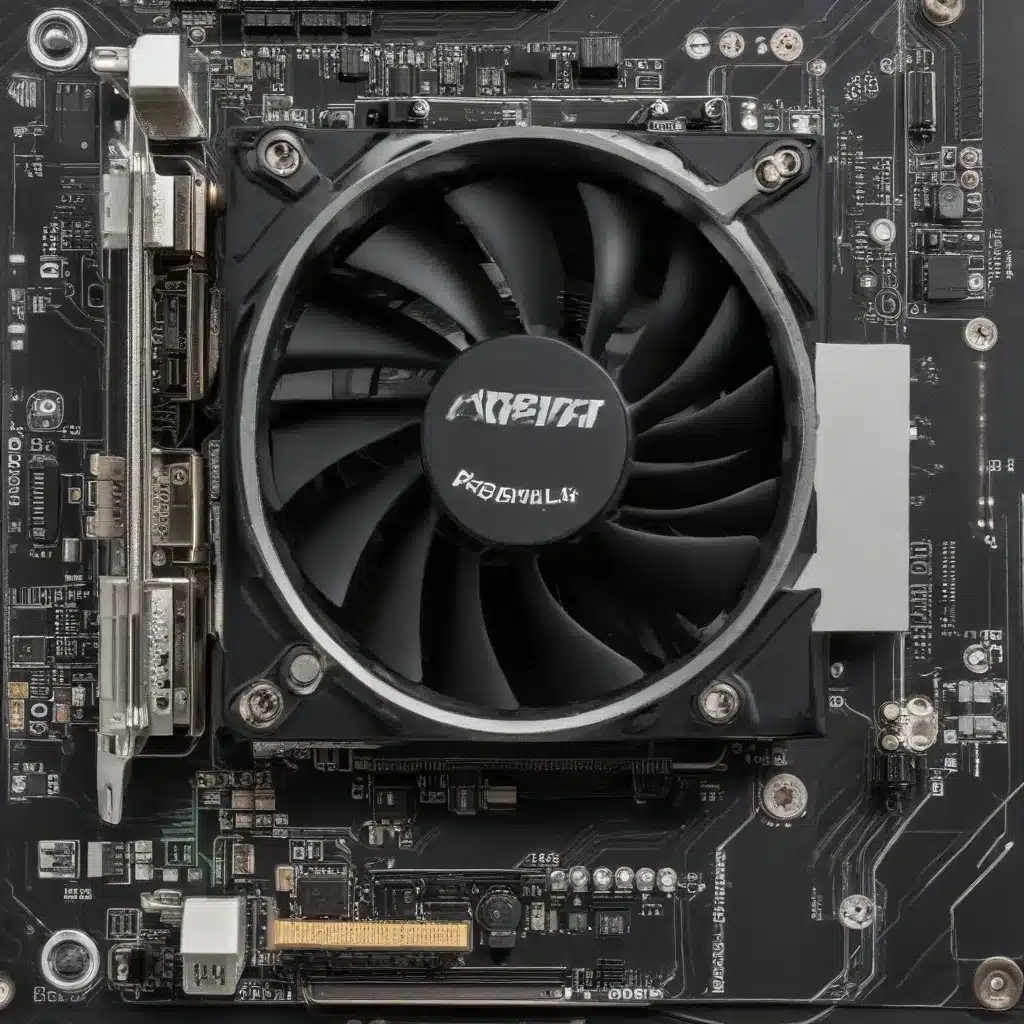
As an experienced IT professional, I’ve seen my fair share of graphics card driver issues over the years. These conflicts can be a real headache, causing everything from system crashes and display problems to performance bottlenecks and compatibility nightmares. But don’t worry – with the right troubleshooting approach, you can usually get things back on track.
In this comprehensive guide, we’ll dive deep into the world of graphics card drivers, exploring the common causes of conflicts, identifying the telltale symptoms, and walking through step-by-step solutions to resolve them. Whether you’re rocking an NVIDIA, AMD, or even an integrated Intel GPU, this article has got you covered.
Graphics Cards: The Heart of Your Visual Experience
Before we get into the nitty-gritty of driver conflicts, let’s take a quick refresher on the basics of graphics cards. These specialized hardware components are responsible for rendering the visuals you see on your screen, handling everything from game graphics to video playback and 3D modeling.
Types of Graphics Cards
The two main players in the graphics card market are NVIDIA and AMD, each offering a wide range of options for different performance needs and budgets. You’ll also find integrated graphics solutions from Intel, which are often more basic but can still handle everyday tasks quite well.
Graphics Card Components
At the core of a graphics card are the GPU (Graphics Processing Unit) and VRAM (Video Random Access Memory). The GPU is the “brain” that does the heavy lifting, while the VRAM stores the image data needed for smooth, high-quality visuals. Other key components include the cooling system, power connectors, and various input/output ports.
Graphics Card Drivers
The software that enables your graphics card to communicate with your operating system and applications is called the driver. Drivers are crucial for unlocking the full potential of your hardware, providing access to the latest features, performance optimizations, and bug fixes.
Driver Conflicts: The Bane of a Smooth Experience
Now, let’s dive into the heart of the matter – driver conflicts. These pesky issues can arise when two or more incompatible or outdated drivers are installed on your system, causing all sorts of problems.
Causes of Driver Conflicts
Driver conflicts can stem from a variety of sources, such as:
* Trying to use an outdated driver with a newer graphics card model
* Accidentally installing the wrong driver for your specific GPU
* Conflicting drivers from different vendors (e.g., NVIDIA and AMD) coexisting on the same system
* Improper driver uninstallation, leaving behind remnants that interfere with a new installation
* Compatibility issues between the driver and your operating system or other hardware components
Symptoms of Driver Conflicts
If you’re experiencing driver-related issues, you might notice one or more of the following symptoms:
* Frequent system crashes, freezes, or blue screens of death (BSoDs)
* Display problems, such as flickering, tearing, or incorrect resolutions
* Sudden performance drops or stuttering in games and applications
* Unexpected behavior, like windows not rendering correctly or certain features not working
* Compatibility issues with newer software or hardware additions
Identifying Driver Conflicts
Recognizing the signs of a driver conflict is the first step in resolving the issue. You can start by checking your system’s Device Manager (Windows) or the equivalent in your operating system to see if there are any yellow exclamation marks or other indicators of problematic drivers.
Troubleshooting Strategies: Diagnosing and Updating Drivers
Once you’ve identified the potential driver conflict, it’s time to roll up your sleeves and start troubleshooting. Here are some effective strategies to get your system back on track.
Diagnosing Driver Issues
Begin by gathering as much information as possible about your system and the problematic drivers. Check the manufacturer’s websites for the latest driver updates, and make note of your current driver versions. You can also use system information tools like HWINFO or AIDA64 to get a detailed overview of your hardware and installed software.
Compatibility Checks
Ensure that your graphics card and drivers are compatible with your operating system and other hardware components. Double-check the system requirements for your specific graphics card model, and make sure you’re using the correct drivers for your OS version.
Updating Drivers
One of the most effective ways to resolve driver conflicts is to simply update your drivers to the latest versions. This can often fix compatibility issues, address known bugs, and unlock new features and performance enhancements.
Resolving Driver Conflicts: Uninstallation, Reinstallation, and Rollback
If updating your drivers doesn’t do the trick, it’s time to take more drastic measures. Here’s how to tackle those pesky driver conflicts head-on.
Driver Uninstallation
Start by completely uninstalling any conflicting drivers from your system. This may involve using specialized uninstallation tools provided by the graphics card manufacturers or the built-in Windows/Linux/macOS tools. Be thorough and ensure that all traces of the old drivers are removed before moving on.
Driver Reinstallation
Once the conflicting drivers are gone, it’s time to reinstall the correct ones. Download the latest version from the manufacturer’s website, making sure it’s compatible with your system. Follow the installation instructions carefully, and be prepared to restart your computer for the changes to take effect.
Rollback Functionality
If the new driver installation causes more problems than it solves, you can try rolling back to a previous, known-good driver version. This is often an option in the graphics card control panel or the Windows Device Manager. Be cautious, as rollbacks can sometimes introduce their own set of issues.
By following these troubleshooting steps, you should be able to identify and resolve the majority of graphics card driver conflicts. Remember, the key is to stay patient, methodical, and open to trying different solutions until you find the one that works best for your specific setup.
And if you ever find yourself stuck or need further assistance, don’t hesitate to reach out to the IT Fix community at https://itfix.org.uk/. Our team of expert technicians is always here to help you get your system back on track.












